Ranthambore
Machli, perhaps the most photographed wild tigress in the world, has been a resident of Ranthamobore National Park for 19 years.
So named because of the fish shaped marking on one cheek, Machli has far outlived the average age of wild tigers. Now with all her canines gone, she still manages to hunt prey for herself most of the time, and when she cannot, she saunters over to a forest guard-post and is provided a meal. More than half the tiger population of Ranthambore, estimated at over 60, has descended from Machli.
Tigress Krishna (T-19) who we were fortunate enough to sight on our recent visit to Ranthambore, is also a daughter of Machli. My only lament was that the sighting was at a distance of about 200 meters and not close up, and for a brief few minutes only, before she disappeared into the tall dry grass on the banks of a lake.
Ranthambore was established as the Sawai Madhopur Game Sanctuary in 1955. It is situated in southeastern Rajasthan state, about 160 km southeast of Jaipur, which is also the nearest airport. The nearest town and railway station is at Sawai Madhopur, about 11 km away. Within the Park area also lies the 12th century Ranthambore Fort, with its much more recent addition, the mystical Jogi Mahal.
At the start of the 20th century, there were an estimated 20,000 to 40,000 wild tigers in India. The first ever nationwide tiger census carried out in 1972 gave a count of only about 1800 tigers, a shocking reduction in the total tiger population. Project Tiger was thus launched in 1973 as a comprehensive tiger conservation programme by the then Prime Minister, Mrs. Indira Gandhi, aimed at saving the national animal, the Royal Bengal Tiger from extinction. In the same year Ranthambore became one of the reserves under Project Tiger, and in 1980 it became a national park, covering an area of 392 square kilometers. Then in 1984, the adjacent forests were declared the Sawai Man Singh Sanctuary and the Keladevi Sanctuary, and in 1991 the tiger reserve was enlarged to include these 2 sanctuaries, with the total area of the Reserve being nearly 1400 square kilometers.
The peak tourist months are November to February, and our visit in mid March thus avoided the tourist peak. It was also the dry post-winter period, with many trees still without fresh leaves, and the absence of dense foliage makes this time perhaps the best in terms of wildlife watching. No rains for many weeks also means that there are few if any water pools around and all the animals have to come to the 3 big lakes in the Park to satiate their thirst. So if you circle around the lakes, you are sure to see most of the diurnal (active by day) wildlife species in the Park.
Not necessarily a tiger though! Even though Ranthambore has a large resident tiger population, at the end of the day you do need a little bit of luck to be able to feast your eyes on one of the most majestic of all life forms. We did 2 safaris – each is about 3 hours, and we had only that one sighting of Krishna at a distance and for a few minutes. A couple we met at the place we were staying at, were much luckier and saw another tigress in another part of the park the previous day, not only up close at about 30 meters, but also stalking and running down a spotted deer in front of their eyes!
But Ranthambore is not just about tigers. It is a huge complex ecosystem that supports a wide variety of both flora and fauna. Among the other animal species in Ranthambore are leopards, sloth bears, wild boar, nilgai, sambhar, spotted deer, chinkara, crocodiles, foxes, hyenas, porcupines, langurs, and a huge variety of bird species, including literally scores of peafowl.
The abundance of lodgings available in and around Ranthambore, from deluxe 5 star hotels to backpacker hostels, is evidence of the large number of tourists from within India and from all over the world that the National Park attracts throughout the year, except during the monsoon months of June to August, when the park is closed for visitors. Much before our travel date I had researched into the lodging options and had decided to avoid the big hotels and go for a boutique home-stay type of lodging called ….. Machli!
Set up less than a year ago, with just 8 rooms and no television, newspapers, landline phone connection or wi-fi, Machli for us was a clean break from the outside world. Set up and operated by Anurag Sharma and his partner, Machli has clean and comfortable air-conditioned rooms with en-suite toilets, a dining hall with extremely flexible hours for all meals and a handful of courteous and friendly staff members, who make an extra effort to meet all your needs. I highly recommend Machli as the place to stay if you are visiting Ranthambore. Great value for money.
Anurag himself is an ex-banker, who had a keen interest in wildlife photography, and who one day decided to bid farewell to the rat race of city life and a career in banking, to become a wildlife tour operator and run a national parks tour company called Tigerwala, and the boutique guest house Machli just outside Ranthambore National Park. Just like that and he has never regretted his decision! In fact, as he told me, whenever he goes back into Delhi for family or work reasons, he yearns to be back in Ranthambore even as he is just driving into Delhi!
We struck up a friendship at Machli with a delightful Indian family from Pune – Col. (Retd.) Anil Suryawanshi, his charming wife and lively young daughter, Anushree. We went on safaris with this family, had meals with them and spent cool evenings on the lawns in chit-chatting on various subjects. I think it was for the first time that the Suryawanshi family had a close contact with Pakistanis and they were quite curious about all things in common across the border! The Colonel also regaled us with his stories of time spent during service in different parts of India, including the northeastern states of Assam and Mizoram. It was really a pleasure to meet up with them.
All in all we had a fabulous trip. There really can be few more pleasurable pursuits in life than to spend some time in the wilderness – so serene, so exhilarating, so soul enriching. And the best part is that a forest or a jungle is a living place that excites all your senses in a most refreshing way. So every time you visit it is somewhat different from your previous visit, changing with the season. If you are a nature lover, my recommendation is that you absolutely must take time out from life’s daily grind to get away into the wild every few months, to reconnect with
nature and with yourself!
Top 10 tips for visiting Ranthambore:
- Best times to visit are October / November, or March to May. Avoid peak tourist period of December to February.
- Book your accommodation well in advance.
- Book your safaris also well in advance as only a limited number of vehicles are allowed in the park daily for the 2 permitted safaris, one in the early morning and one in the afternoon.
- Safaris take place on about 8 routes into the park. Book a minimum of 3 safaris – 2 morning ones and one afternoon one. Book on different routes but make sure Route # 3 is definitely included, which is the best.
- Safaris are in jeeps that seat 6 or in canters which seat 20. If you are a true wildlifer, avoid the canters as 19 other people in the same vehicle is a recipe for a potentially noisy safari, which drives away all the animals.
- Travel light but keep a warm clothing for the early mornings or late evenings which can get quite cool.
- Take photos and video of course. But don’t end up looking at the park throughout through a lens! Feast your eyes on the forest and all it has to offer. Look close, look in the distance and look up too – for the tress are magnificent and you will see a lot of animals and birds up in them.
- Once you enter the park and till you exit, be absolutely silent and don’t make sudden movements. The animals are not disturbed at all by the noise the vehicles make. But they are very easily disturbed and move away at the sound of human voices or the sight of people making rapid movements.
- Respect nature – do not litter at any point.
- For the brief period you are there, forget about internet and cell phones and television! Just get lost in the moment!


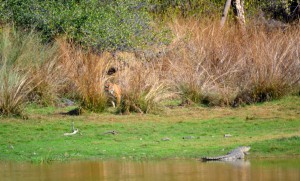
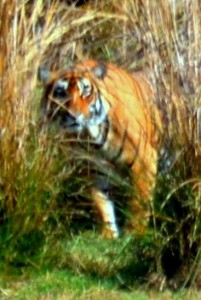
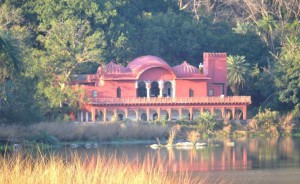
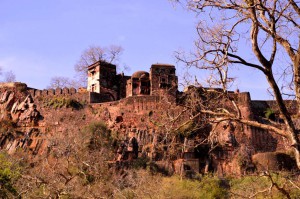
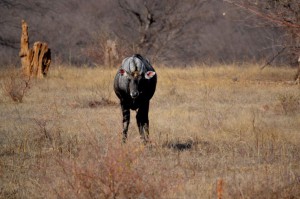
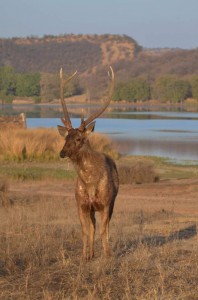
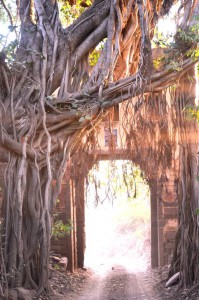
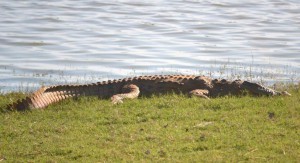
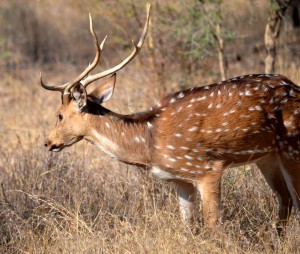
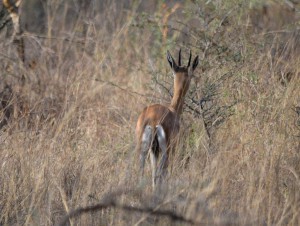
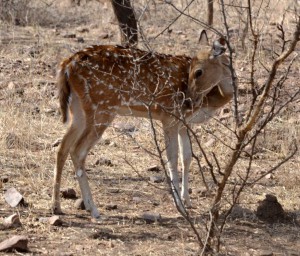
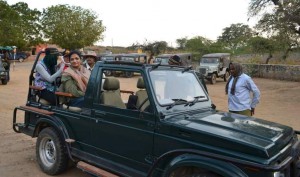
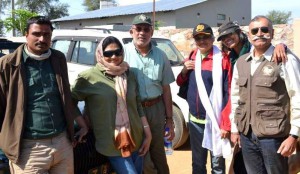
Leave a Reply